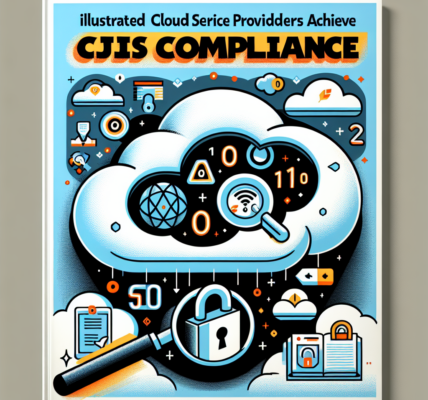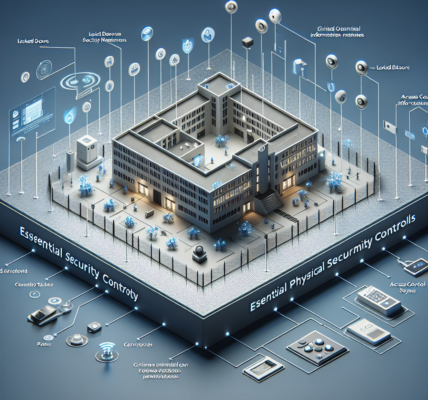Navigating the complexities of CJIS Ready policy area 6 compliance can feel like an uphill battle for many organizations that handle criminal justice information. The stakes are high, and the consequences of non-compliance can include severe legal repercussions, loss of contracts, or even criminal charges. As the need for robust data protection strategies intensifies, understanding the intricate requirements of CJIS policy area 6 compliance is essential. This article aims to demystify these compliance requirements and provide actionable insights to help organizations succeed in their compliance journey.
Overview of CJIS Policy Area 6 Compliance Requirements
The Criminal Justice Information Services (CJIS) Division of the FBI has established a framework of policies to protect sensitive criminal justice information. Policy area 6 specifically addresses the requirements associated with the management of criminal justice information systems and the security measures necessary to prevent unauthorized access. Organizations must implement comprehensive physical and technological safeguards, employee training programs, and incident response protocols to fulfill these requirements effectively. The foundational goal of these mandates is to maintain the confidentiality, integrity, and availability of the data.
One of the key elements of policy area 6 compliance is the requirement for encryption. Organizations must ensure that sensitive information is encrypted both in transit and at rest. This means that any data sent over networks must be protected against interception, and stored data must be safeguarded against unauthorized access. Additionally, organizations are required to perform regular risk assessments to identify and mitigate vulnerabilities, making it crucial to have a dynamic security strategy rather than a static one.
Furthermore, organizations must develop and maintain strict access controls. This entails defining user roles and permissions based on the principle of least privilege—ensuring that individuals have access only to the information necessary for their roles. Compliance is not just about implementing these controls; it also involves ongoing monitoring and audits to ensure adherence to established policies. Achieving and maintaining compliance is thus an ongoing process, not a one-time effort.
Key Considerations for Achieving CJIS Compliance Success
To successfully navigate the waters of CJIS policy area 6 compliance, organizations must focus on a few key considerations that can make or break their efforts. First and foremost, it is critical to foster a culture of security awareness within the organization. This means regularly training staff on the importance of data protection, phishing awareness, and the specifics of CJIS compliance. Strong employee engagement can significantly reduce risks associated with human error, which is often a weak point in security protocols.
Another important consideration is the integration of advanced technology solutions that assist in managing compliance requirements. Organizations should consider deploying Security Information and Event Management (SIEM) systems that provide real-time monitoring and alerting on suspicious activities. Coupling these technologies with automated compliance reporting tools can streamline the auditing process, thus saving time and resources while ensuring continuous adherence to CJIS standards. Investing in such technology is not just a compliance necessity; it can also enhance overall operational efficiency.
Lastly, organizations should prioritize the establishment of a robust incident response plan. In the event of a data breach or security incident, having a well-thought-out response strategy is vital. This plan should outline the steps to be taken, individuals responsible, and communication protocols both internally and externally. Regularly testing and updating this plan ensures that organizations can respond swiftly and effectively, minimizing potential damage and maintaining compliance with CJIS requirements.
Understanding and achieving compliance with CJIS policy area 6 is not merely a checkbox exercise; it’s a critical investment in the integrity and security of sensitive criminal justice information. By focusing on cultivating a security-aware culture, leveraging advanced technologies, and maintaining a proactive incident response plan, organizations can navigate compliance with confidence. For those looking to deepen their knowledge or enhance their compliance strategies, consider seeking expert resources or consulting with professionals in the field. The journey toward CJIS compliance is complex, but the rewards—both in terms of data security and organizational trust—are invaluable. Embrace the challenge and transform your approach to data protection today.




